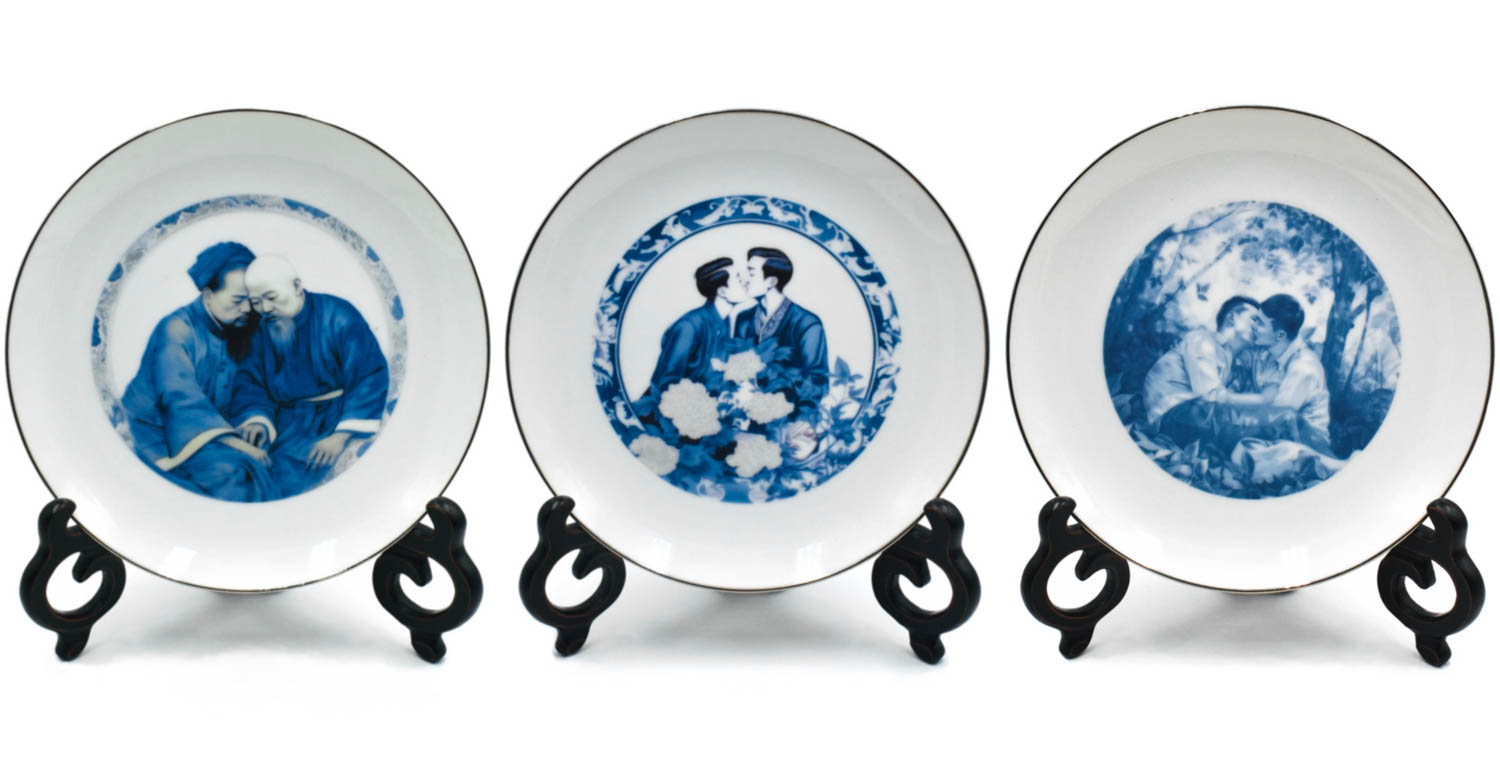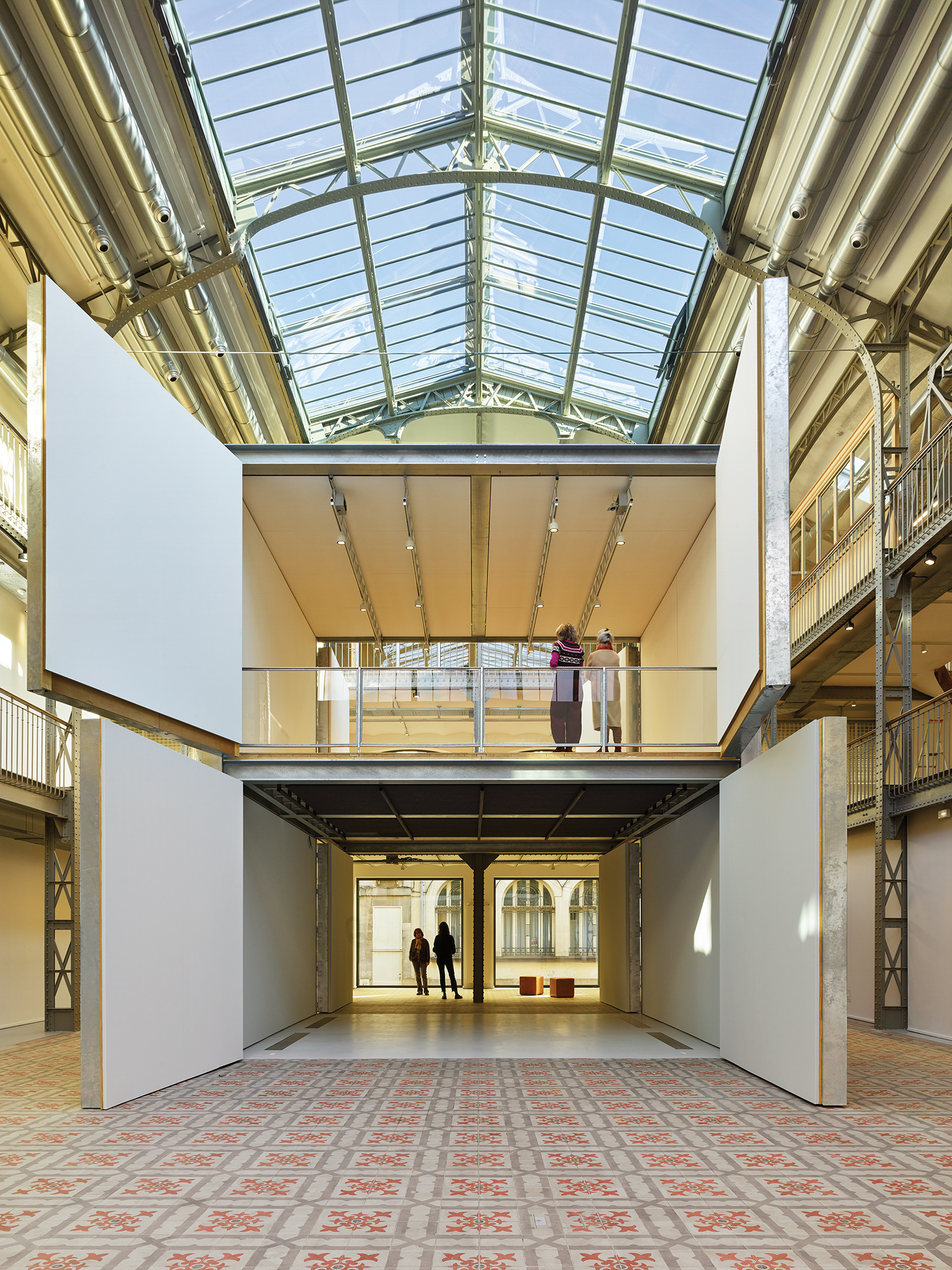Supreme Green: 5 Sustainable Products
In a world where sustainability should come as standard, manufacturers are finding ever-inventive ways of going green. Yet as new technologies are developed and manufacturing processes advance, the green credentials of a product are actually becoming less visible. Energy-saving functions are seamlessly built-in while recycled materials have become indistinguishable from their non-recycled counterparts. The result is a new generation of sophisticated sustainable furniture and lighting designs that satisfy style-conscious, eco-aware clients.
1. Combining utility with energy saving technology in a sleek silhouette, Marjan van Aubel’s Current table is able to charge handheld devices using energy stored in its colored-glass surface. Developed in close collaboration with Swiss solar cell company Solaronix, the table’s glass surface is embedded with photovoltaic cells that use the properties of color to create an electrical current. Using a process similar to photosynthesis, the cells collect and store energy from indirect sunlight, meaning that the table can be charged indoors—the first piece of furniture of its kind to do this.
2. Also launched this year was Plumen 002—an atmospheric, low-energy bulb developed specifically for ambient spaces. The design comes courtesy of British brand Plumen, creators of the world’s first designer energy-saving light bulb, Plumen 001. Dimmer than it’s predecessor, the Plumen 002 is a 7W bulb that gives off an equivalent to a 30W incandescent, so it uses 75 percent less energy than a traditional light bulb. To create its sinuous form, Texan neon sculptor Tony Greer blew the glass tube like a bottle, whilst still completing the loop needed for the light technology to function. Plumen founder, creative director and designer Nicolas Roope explains, “The Plumen 002’s subtle, yet dynamic shape embraces the poetry of light, creating a really useable, yet lovable ambient and efficient light source.”
3. Hanging from the ceiling like laundry hung out to dry, Italian designer Luca Nichetto’s upholstered ‘Notes’ room dividers for Offecct Lab sandwich a sound-absorbing layer of felt that’s made using textile waste from the Offecct factory floor. “My brief from Offecct was to create a new kind of sound panel that didn’t have to be fixed on the wall but more like a free standing object. At the same time it should work with recyclable felt made of waste from the upholstery production,” says Nichetto. The pieces were developed as prototypes for Offecct Lab—a strategic initiative set up by Offecct to focus on the development of new sustainable products—whether or not they will be added to Offecct’s portfolio permanently will depend upon market feedback.
4. Equally smart are the new Broom bar stools by Philippe Starck for U.S.-based furniture producer Emeco. Made from 75 percent waste polypropylene and 15 percent waste wood fibers swept off the factory floor, the bio plastic material was first debuted in 2012 when Starck and Emeco created the Broom Chair. Emeco CEO Gregg Buchbinder told us, “Our aim is to prevent waste from being manufactured in the first place. Instead we use discarded materials to make things that last.”
5. Dutch designer Rick Tegelaar has used the same concept but created a totally different outcome with his constructed Surface table, which is made from residual plywood sourced from furniture factories. Skillfully crafted into a in a decorative fishbone pattern, the plywood scraps come together to create strong, finely crafted tabletops whose size and thickness are unrestricted by the size of the wood.


